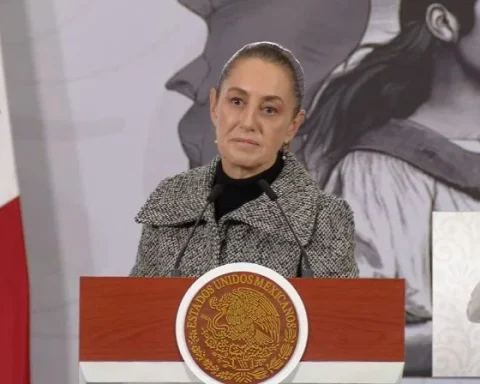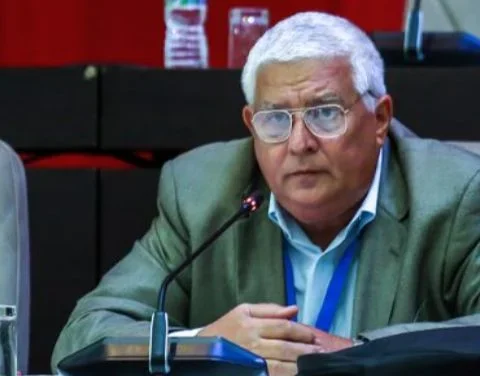Europe has once again become the epicenter of the pandemic, prompting some governments to consider re-imposing unpopular lockdowns in the run-up to Christmas and sparking debate over whether vaccines alone are enough to control the disease. COVID-19.
Europe accounts for more than half of the world’s average 7-day infections and about half of the latest deaths, according to a Reuters tally. These are the highest levels since April last year, when the virus swept through Italy for the first time.
Governments and businesses are concerned that the protracted pandemic will derail a fragile economic recovery. Nations such as the Netherlands, Germany, Austria and the Czech Republic are taking or planning measures to slow the advance.
Dutch Acting Prime Minister Mark Rutte announced a three-week partial lockdown from this Saturday, the first in Western Europe since the summer. “The virus is everywhere and must be fought everywhere,” Rutte said in a speech Friday night.
The new concerns about what British Prime Minister Boris Johnson on Friday described as “storm clouds” over Europe come at a time when successful vaccination campaigns have stalled ahead of the northern winter months and the winter season. flu.
About 65% of the population of the European Economic Area (EEA), which includes the European Union, Iceland, Liechtenstein and Norway, have received two doses, according to EU data, but the pace has slowed in recent months.
Acceptance in southern European countries is close to 80%, but doubts have hampered deployment in central and eastern Europe and Russia, leading to outbreaks that could collapse healthcare.
Germany, France, and the Netherlands are also experiencing an increase in infections, demonstrating the challenge even for governments with high acceptance rates, while dashing hopes that vaccines will mean a return to near normalcy.
Without a doubt, hospitalizations and deaths are much lower than a year ago. Large variations by country in the use of vaccines and boosters, as well as social distancing measures, make it difficult to draw conclusions for the entire region.
Nonetheless, virologists and public health experts told Reuters the culprit was likely a combination of poor vaccination in some parts, declining immunity among those inoculated early, and mask complacency and distancing as governments relaxed. restrictions during the boreal summer.
“If there’s one thing to learn from this, it’s not to take your eyes off the ball,” said Lawrence Young, a virologist at Warwick School of Medicine in the UK.
The latest World Health Organization report for the week through Nov. 7 showed that Europe, including Russia, was the only region to see an increase in cases, 7%, while other areas reported stable declines or trends. .
Similarly, it reported a 10% increase in deaths, while other regions reported decreases.
The bleak outlook is sending chills to businesses and governments, fearful that a protracted pandemic will derail a fragile economic recovery, especially now that transatlantic flights have resumed and borders have begun to reopen.
In Germany, some cities are reported to have canceled Christmas markets again, while the Netherlands could close theaters and cinemas, suspend major events and advance the closure of cafes and restaurants.
Most EU countries are applying additional vaccines to the elderly and those with weakened immune systems, but spreading them to a larger part of the population and adolescents should be a priority to avoid steps such as confinement, the scientists said.
“The real urgency is to expand the pool of vaccinated people as much as possible,” said Carlo Federico Perno, head of microbiology and immunology diagnostics at the Bambino Gesù Hospital in Rome. (With information from Reuters)
















